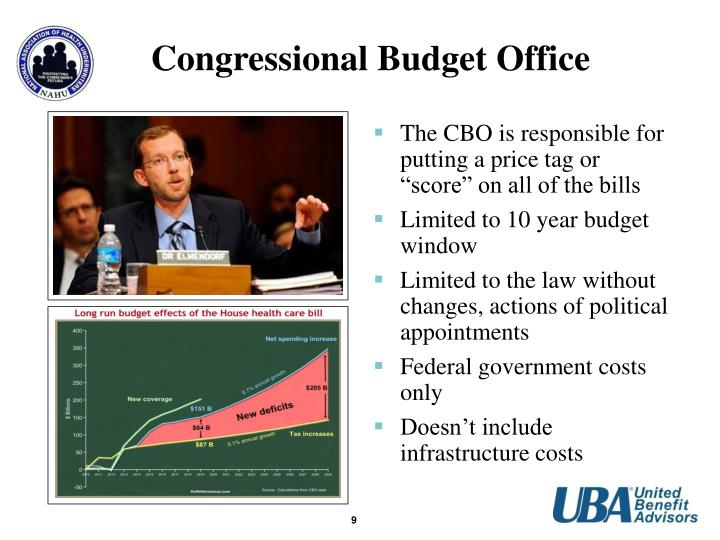

23 While these increases were paired with an expansion of the child tax credit and the earned income tax credit, the total package gave significantly greater savings to the wealthy and also made the U.S. These changes were enormously tilted toward the rich and wealthy. The tax cuts lowered personal income tax rates across the board, both for labor income and for capital gains, and they significantly increased the untaxed portion of estates and lowered the estate tax rate. Bush administration, empowered by a trifecta in 2001, enacted sweeping tax cuts that will have cost more than $8 trillion by the end of fiscal year 2023. It is tax cuts that have caused the dramatic increase in primary deficit projections. As this report has already shown, projections of long-term spending, relative to older projections, have significantly decreased and thus have been responsible for decreased, not increased, debt in the CBO’s outlook. 22 In fact, the CBO has dramatically lowered the expected growth in health care costs. This means that rising health care and Social Security costs are not responsible for the increased federal debt the CBO already assumed them, but the CBO also projected sufficient revenue to keep up with rising health care and Social Security costs. Increases above current levels that were already on track to happen under current law (and thus were already assumed in the baseline) are, by definition, not responsible for the CBO changing its estimate of long-term projections. This means looking at what new laws have been enacted.
CONGRESSIONAL BUDGET OFFICE DEFINITION SERIES
14 The cause of the upward trajectory of the debt ratio-a series of massive tax cuts that have been extended with bipartisan support-are largely responsible for recent budget shortfalls.Īnalytically, the best way to measure why current projections show what they do is to assess what changed relative to older projections. Debt ratio stability is driven by four components: 1) the size of the primary deficit-the deficit exclusive of interest costs-as a percentage of GDP 2) the starting ratio of debt to GDP (the debt ratio) 3) the rate of economic growth and 4) the prevailing interest rate on new Treasury securities.

While one-time costs, such as those made in response to an economic or public health emergency, increase the level of debt, sometimes by large amounts, they do not increase the rate of growth in the debt ratio over the long run.
CONGRESSIONAL BUDGET OFFICE DEFINITION DRIVERS
Understanding the drivers of the increase in the debt as a percentage of the economy is critical to this analysis. At this point, many experts argue 13 that the focus should be on whether debt as a percentage of the economy is increasing or is stable over the long run, not on the amount of debt per se. In the past few decades, 12 there has been considerable discussion and rethinking of what constitutes an appropriate level of national debt. Eventually, the tax cuts are projected to grow to more than 100 percent of the increase. Instead, these tax cuts have added $10 trillion to the debt since their enactment and are responsible for 57 percent of the increase in the debt ratio since 2001, and more than 90 percent of the increase in the debt ratio if the one-time costs of bills responding to COVID-19 and the Great Recession are excluded. If not for the Bush tax cuts 4 and their extensions 5-as well as the Trump tax cuts 6-revenues would be on track to keep pace with spending indefinitely, and the debt ratio (debt as a percentage of the economy) would be declining.

But revenues are down significantly more. In fact, relative to earlier projections, spending is down, not up. House Republican leaders have used this fact to call for spending cuts, 3 but it does not address the true cause of rising debt: Tax cuts initially enacted during Republican trifectas in the past 25 years slashed taxes disproportionately for the wealthy and profitable corporations, severely reducing federal revenues. economy is on a path to grow indefinitely, with increased noninterest spending due to demographic changes such as increasing life expectancy, declining fertility, and decreased immigration and rising health care costs permanently outstripping revenues under projections based on current law.

Long-term projections show 2 that federal debt as a percentage of the U.S. The need to increase the debt limit 1 has focused attention on the size and trajectory of the federal debt.


 0 kommentar(er)
0 kommentar(er)
